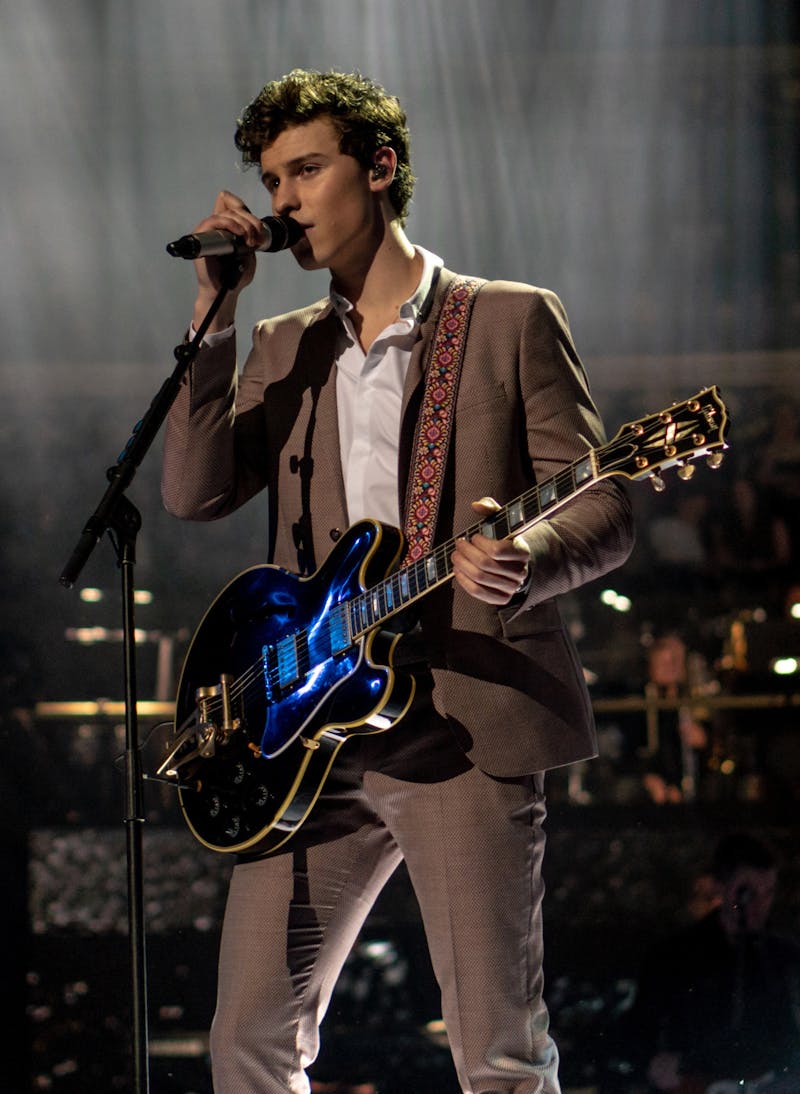You walk into a room with dimmed lights and a small crowd. A diverse crowd of black and white illuminates the theme of color in August Wilson’s play, “Ma Rainey’s Black Bottom.” Ma Rainey became a character in the play after a woman by the name of Gertrude Pridgett, a colored blues singer in the nineteenth century. She struggled as a professional singer but gained fame by touring minstrel shows.
A minstrel show became the new vision for white America‘s perception of black America — they mocked the image of what black America looked like through white America’s eyes, portraying the black actors as buffoonish and lazy. Blues music took over the hearts of America and brought two divided pieces together — Ma Rainey says, “You sing because that’s a way of understanding life.”
Don Alsedek, the director of the stage production at Harrisburg’s Open Stage theatre, set the stage for a mind-blowing performance.
We become part of Chicago in the month of March in the year 1927. Blues music soothes your soul, the words speak to your heart, and the performance makes you melt. Alsedek’s vision brings history to stage and marks stories of the past as a present reality.
For the opening act, a white man enters to fix the props on stage. There are echoes through the auditorium as another man’s voice begins to play through a loudspeaker. The two men converse and the ideas of white America are introduced — a white owner and a white manager argue about the contract of a black woman, Ma Rainey.
The voice on the loudspeaker yells at the man on stage to make sure he has everything ready for a studio recording. The plot is revealed — Ma Rainey and her band, folks of black America, are given a chance to shine through the ownership of white America. The plot begins to unfold and America’s history surfaces — black America is owned, managed, and organized by white America.
As the lights are turned off, a spotlight begins to brighten the right stage area. One piano and four men are present on the stage. The four black men are Ma Rainey’s band members — Levee, Toledo, Slow Drag and Cutler. The sound of their voices is distant at first as they hang their jackets and remove band instruments from cases. All of a sudden, the voices grow louder and Toledo, the “educated black man” begins to discuss the philosophy of segregation in America. Levee, the determined juvenile, bickers with Toledo and the rest of the men about black entertainment and education.
Cutler, a middle-aged man, sits in silence as Slow Drag, the wise, old band member, begins to sing. The smell of a lit match fills the theatre as the band members share a smoke and philosophize about different views of life. Music plays in the background quietly through the speakers, band members pick-up the instruments to use as props, and the sound of Slow Drag’s voice begins to fill your ears.
A melody of blues eases the tension between the band members.
As the lights are lowered on the right stage, Ma Rainey makes her way to the left stage, which is now illuminated with bright lights and new props. A bright gold microphone is in place of the music stand, and two new actors are present. Ma Rainey’s nephew, Sylvester, is carrying the dazzling fashion accessories that belong to his auntie—a fur coat, feathered headdress and a bag with her slippers. Another actor, a young Dussie Mae, is dressed to impress the male members of the band. The lights begin to brighten on both stages as the action of the left stage (studio) and the right stage (warm-up room) collide.
The theme of veterans versus the young arises in Ma Rainey’s favorite song titled, “Ma Rainey’s Black Bottom.” Levee added spice to the original version to please the owner of the recording studio; we see an aspiring band member of black America yearning to break free from the standards of the white America. Ma Rainey and Levee fight over tradition of blues versus modernized dance music—it demonstrates the conflict of identity for black and white and the fight for change in the styles of music or entertainment. Levee seeks an opportunity for something more, something that does not make him feel as if he is owned by white America.
Lights brighten on the studio side of the stage and you see the band, instruments and the star of the show ready to record a song. Although the instruments are only props, the voices — the powerful voices — are real.
Voices in song and script reveal the devastating history of black and white America. The songs touch the hearts of the audience and the script tells the past of a divided country. The blues music keeps your heart uplifted even in tragic moments and lets you understand a life different from your own. Conflicts lead to complications, and complications lead to the final denouement—Levee turns to violence and one of the actors breathes his last breath in the closing act. Any hopes for a successful black America is destroyed by the frustration of living in a white America.
The onstage performance does not portray a written script—it is as if the actors’ life experiences were being revealed to a strange audience, and a story needed to be told. A piece of history is brought into the spotlight through talent and passion — the music, acting and language expresses experiences of the past for the hope of the future. “Ma Rainey’s Black Bottom” is not just a history lesson; it is a life lesson. Black and white should not be divided because when black America and white America decide to come together, we see a world full of color and hope.




The Slate welcomes thoughtful discussion on all of our stories, but please keep comments civil and on-topic. Read our full guidelines here.